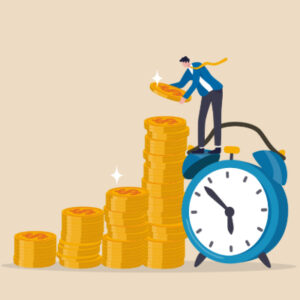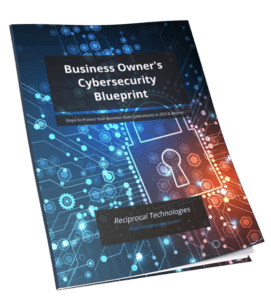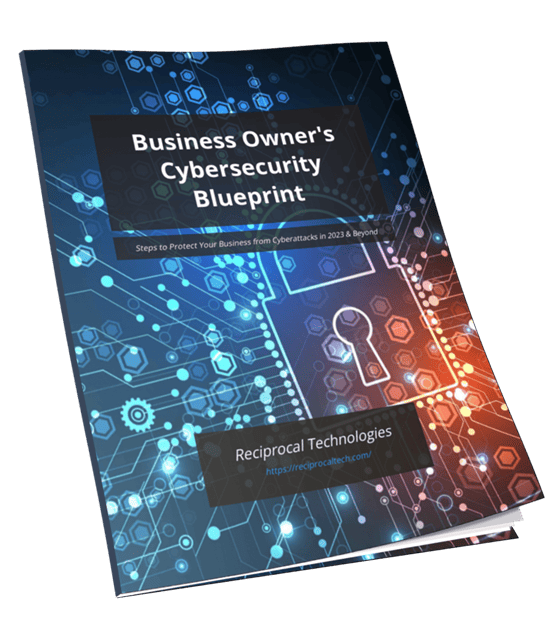Tip of the Week: 4 Frameworks for Better Time and Task Management

We all want to be more productive, but actually being more productive is harder than it sounds. Thankfully, you can make being productive easier than ever by implementing proven frameworks to drive success. Today, we’ll highlight three different frameworks: the Eisenhower Matrix, Eat the Frog, and the Two-Minute Rule.
The Eisenhower Matrix
The Eisenhower Matrix, named after former United States President Dwight D. Eisenhower, is a way to identify pressing priorities and make decisions more effectively. The matrix works like this: you weigh how urgent a task is against how important it is. The idea here is that you use these two metrics to determine where to prioritize and where to delegate.
How the Eisenhower Matrix Works
The Eisenhower Matrix splits your tasks into four groups (or quadrants):
- Quadrant 1, where high urgency intersects with high importance. This space is reserved for the highest of priorities, as well as crises or pressing deadlines.
- Quadrant 2, where low urgency and high importance meet, is where tasks that rely on strategy and long-term success live. Think about it like places where you cultivate opportunities, like meetings and other important strategic initiatives.
- Quadrant 3 is for the urgent, yet unimportant tasks. Notably, these don’t have to be done by you; they can easily be delegated so random interruptions don’t take up all your time.
- Quadrant 4 is for the non-urgent and unimportant tasks that can (once again) be delegated so you don’t waste your time on them.
Take some time over the next couple of weeks to see how you can apply this process and improve your productivity along the way.
Eat the Frog
This one comes from Mark Twain, who famously wrote: “If it’s your job to eat the frog, it’s best to do it first thing in the morning. And if it’s your job to eat two frogs, it’s best to eat the biggest one first.” You can “eat the frog” by getting rid of the biggest pain on your docket first.
How Eat the Frog Works
In business, eating the frog means that you have found the most important, high-impact task, even if it’s the one that you put off and hate doing. This makes it all the more important, and if you do the hard stuff first, your other tasks won’t feel nearly as difficult in comparison. Now’s your chance to look at tomorrow’s schedule and try out “eating the frog” for yourself. Figure out which task on your calendar meets the description outlined above—the one that you don’t want to do, but need to do—and try doing it first.
The Two-Minute Rule
Here’s another easy one for you: the two-minute rule. If a task can be done in less than two minutes, do it. Get it done. There’s no reason to let it sit for longer than it needs to. You can think of this as a reverse Eat the Frog strategy, where instead of doing the biggest and most high-impact tasks, you do all the little ones that build up over time. It’s ideal for things like phone calls, organizing documents, or answering messages. The value of this strategy is that you can focus on the larger tasks afterward.
Using the Two-Minute Rule
An easy way to use the two-minute rule is to set aside an hour to tackle small jobs on your schedule. Then, after that hour is up, get back to the more important tasks. This keeps your day clear without letting other smaller tasks accumulate.
More Time Means More Results
If you want to make the most of your time, it’s never going to be about finding more hours; it’s going to involve doing more in the hours you have. That’s where technology comes in. The right tools go a long way. Learn more about how Reciprocal Technologies can augment your productivity by calling us at 317-759-3972 today.
About the Author
Author’s recent posts
Download the
Business Owner’s Cybersecurity Blueprint


